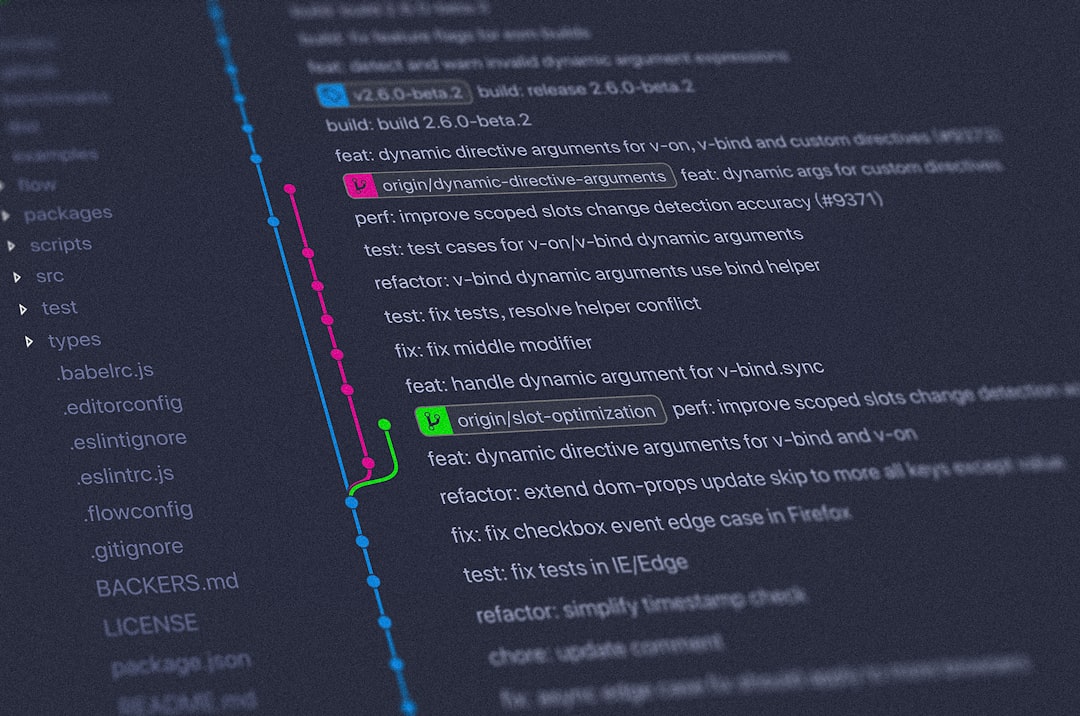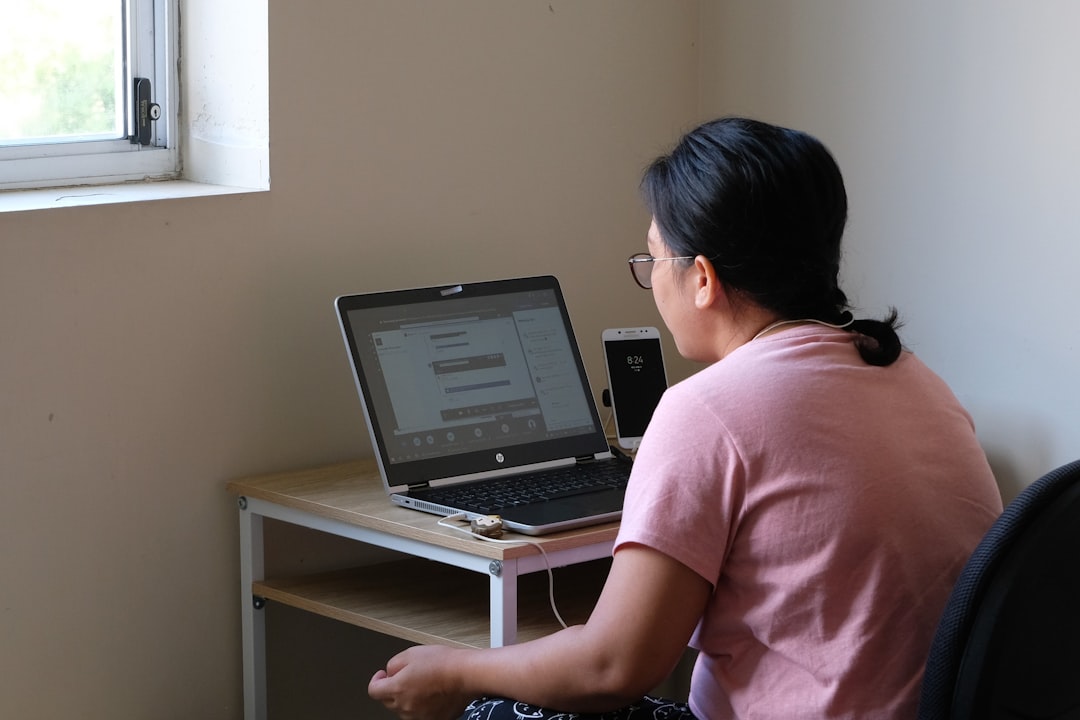Imagine waking up to find your computer locked and all your files held for ransom. Scary, right? That’s the reality of today’s digital world. Cyberattacks are everywhere. But don’t panic! With the right IT security foundations, you can defend your network like a pro.
What is IT Security?
Table of Contents
IT security—sometimes called cybersecurity—is all about protecting your digital stuff. It keeps your data, devices, and networks safe from bad guys. These bad guys are often hackers trying to break in, steal info, or cause trouble.
Think of IT security like building a wall around your house. Only trusted people get in. And if someone tries to sneak through a window? There’s an alarm for that.
Start with the Basics
The foundation of network security starts with a few simple-but-powerful practices. Think of these as your first line of defense:
- Strong Passwords: No more “123456” or “password”! Use long, unique combinations of letters, numbers, and symbols.
- Updates: Keep your software and devices up to date. This patches security holes that hackers love to exploit.
- Firewalls: These act like security guards for your network. They filter out unwanted traffic.
- Antivirus Software: It catches and removes malware before it can do damage.
Common Types of Network Attacks
To build good defenses, we have to know what we’re up against. Here are some of the most common types of network attacks.
- Phishing: Fake emails or messages that trick you into clicking risky links or giving up personal info.
- Ransomware: This nasty software encrypts your files and demands payment to unlock them.
- DDoS Attacks: Hackers flood your server with traffic, making it crash or unusable.
- Man-in-the-Middle Attacks: A hacker sneaks between two systems, stealing your data as it’s transferred.
Each type of attack has its own sneaky style. But don’t worry—you can stop them with the right tools and knowledge.
Simple Steps to Secure Your Network
Let’s make this easy. Below are steps anyone can take to boost network security—whether at home or work.
1. Use Multi-Factor Authentication (MFA)
MFA is like a double lock on your door. First, you enter your password. Then, you confirm your identity with a code, fingerprint, or app. It’s simple—and it works wonders.
2. Encrypt Everything
Encryption scrambles your data into unreadable text for anyone who doesn’t have the key. Even if hackers get your files, they won’t understand them.
3. Secure Your Wi-Fi
Change the default name and password of your Wi-Fi network. Use strong encryption like WPA3. Lock down access, so neighbors and strangers can’t jump on.
4. Stay Away from Sketchy Links
If an email seems fishy—it probably is. Don’t click links or download attachments unless you’re sure they’re safe. Phishing is one of the top ways malware gets in.
5. Create a Backup Plan
Back up your important data regularly. Use the cloud, an external drive, or both. If ransomware strikes (or your system fails), you’ll sleep better knowing your files are safe.

The Role of Firewalls and VPNs
Firewalls control what goes in and out of your network. Like a bouncer at a nightclub, they decide which traffic gets in.
VPNs (Virtual Private Networks) encrypt your internet connection. They hide what you’re doing and where you’re doing it from. That means safer browsing—especially on public Wi-Fi.
Use both for better protection. They’re like seatbelts and airbags for your network.
Employee Training Is a Must
People are the weakest link in any security setup. That’s why training is crucial.
Teach staff how to spot phishing emails. Make sure they use strong passwords. Encourage good habits like locking their screens when they leave.
Even one careless click can open doors to a hacker. Make sure everyone knows the rules.
Keep an Eye on Logs and Alerts
Security logs are like video cameras for your network. They record what’s happening and who’s trying to break in.
Set up alerts for suspicious activity. If something weird happens, you’ll know instantly. That gives you time to react fast.
Patch Early, Patch Often
Hackers love to attack old software with known flaws. That’s why software updates are critical. They fix bugs that bad guys exploit.
Turn on auto-updates if possible. Or set a schedule to check for updates regularly. Your future self will thank you.

Segment Your Network
Don’t leave everything wide open. Break your network into smaller parts with different access controls. This is called “segmentation.”
If one area is compromised, the others stay safe. It’s like having watertight rooms in a ship. If one floods, the rest don’t sink.
Watch Your Devices
Phones, tablets, printers—even smart coffee machines—can all connect to your network. That’s a lot of doors to keep locked.
Track which devices are connected. Use security tools to manage them. Only allow trusted devices and remove anything unfamiliar.
Test, Test, Test!
You think your network is safe. But is it really?
Penetration testing—or pen testing—simulates attacks to find weak spots. You can hire specialists or use tools to do it yourself. The goal is to find cracks before hackers do.
Think of it like hiring someone to break into your house to find out if your locks are any good.
Final Thoughts
IT security doesn’t have to be stressful. If you follow the basics, stay alert, and keep your tools up to date, you’ll stop most threats in their tracks.
Start small, stay smart, and secure your network one step at a time. You don’t need to be a tech wizard to protect yourself—you just need to be prepared.

So go ahead—tighten your passwords, install that update, and spread the word. With good habits and clear strategies, you can keep the digital bad guys at bay.
Stay safe, and happy surfing!

